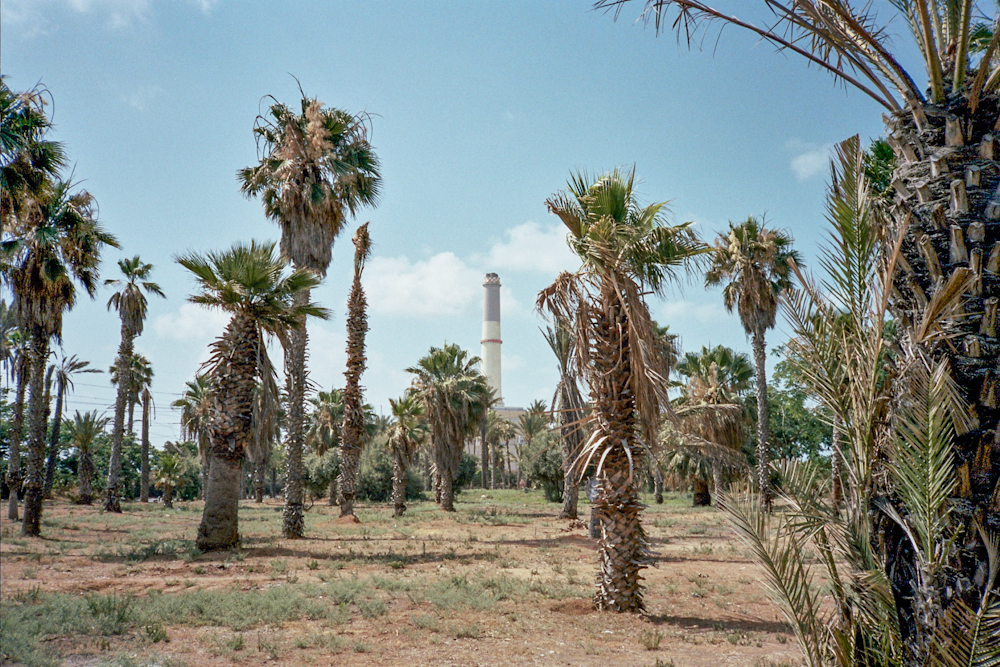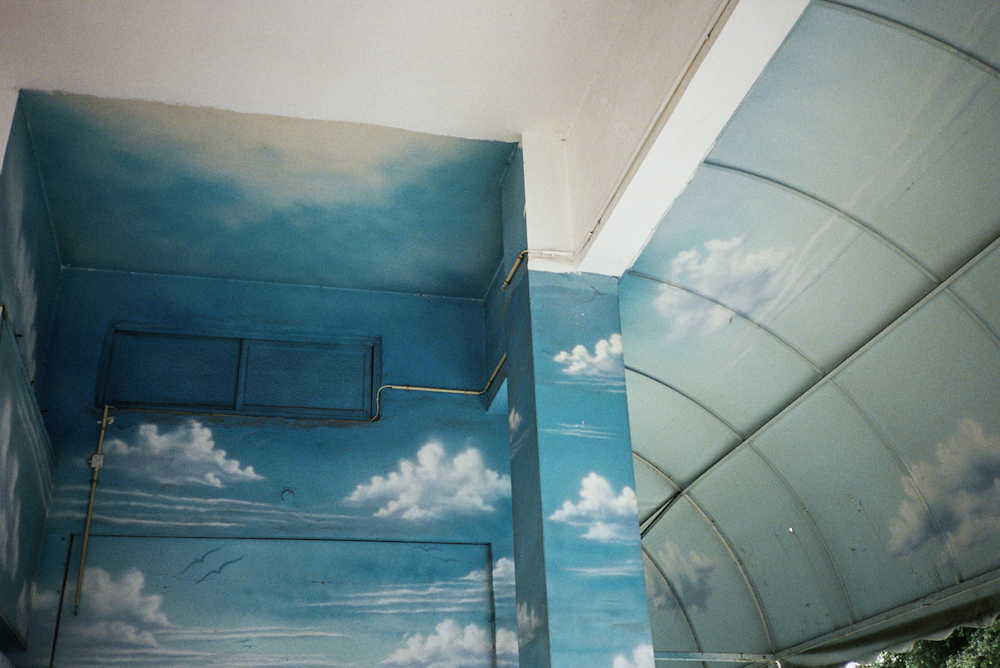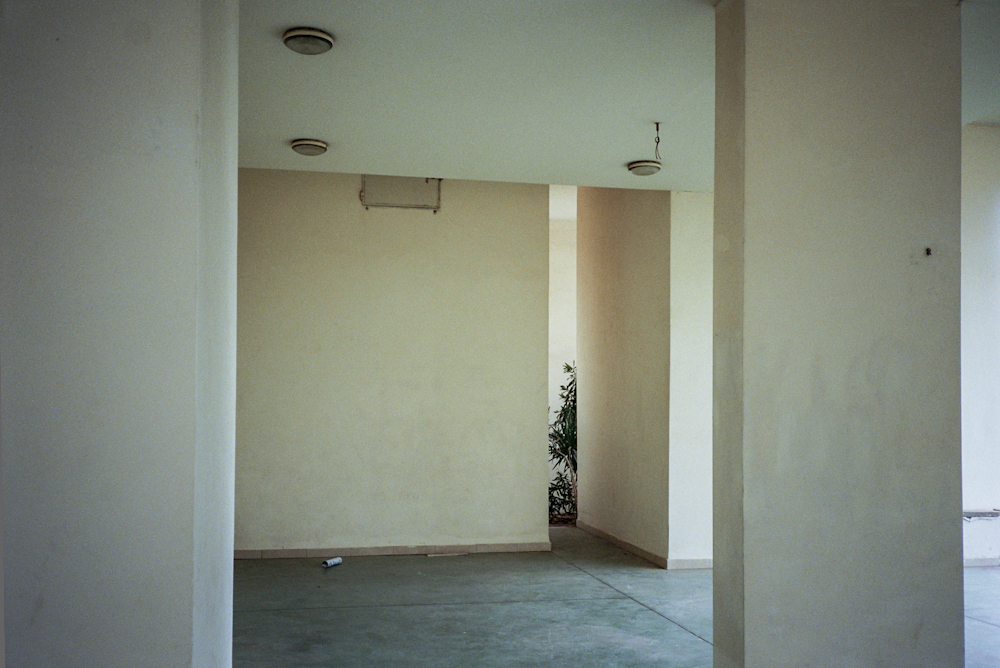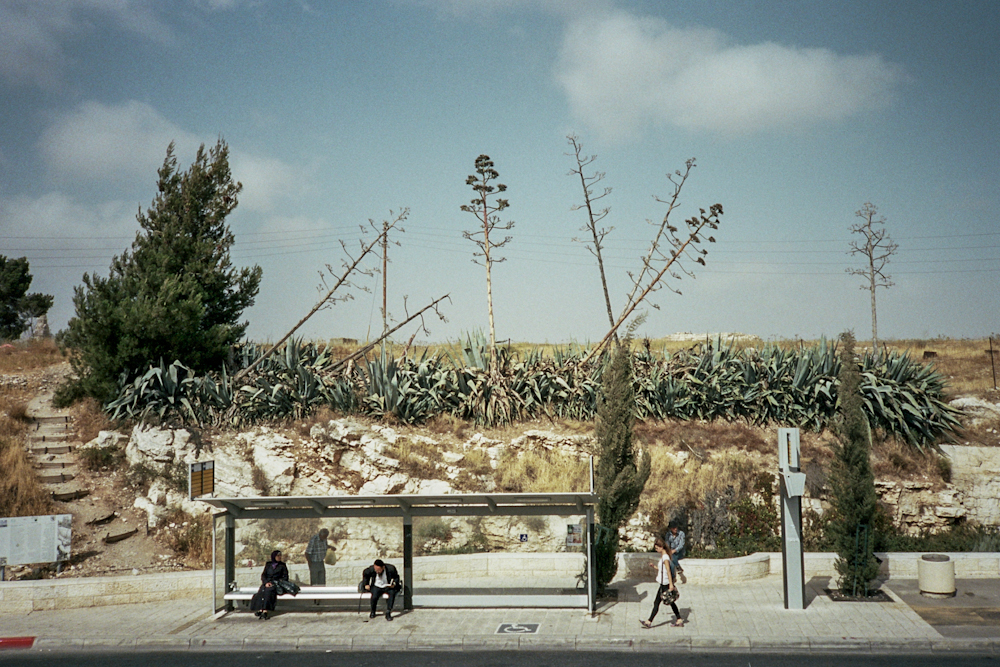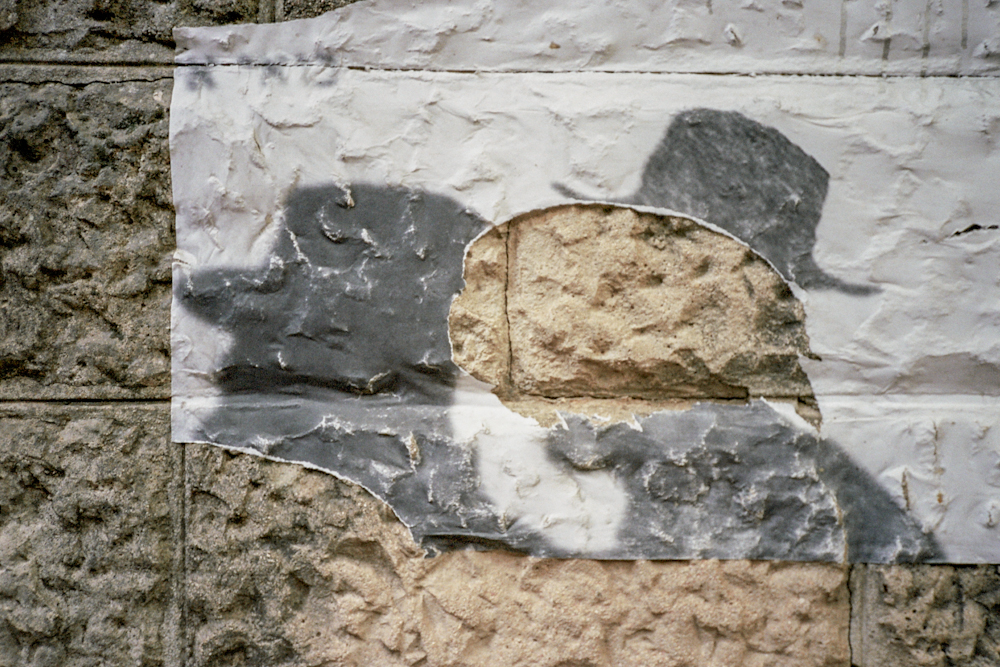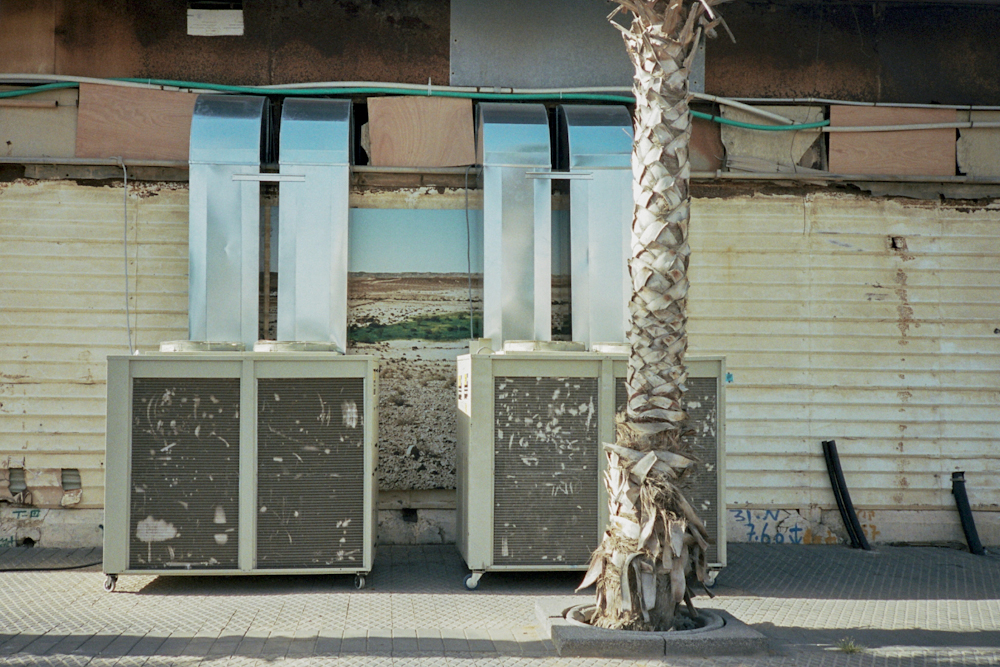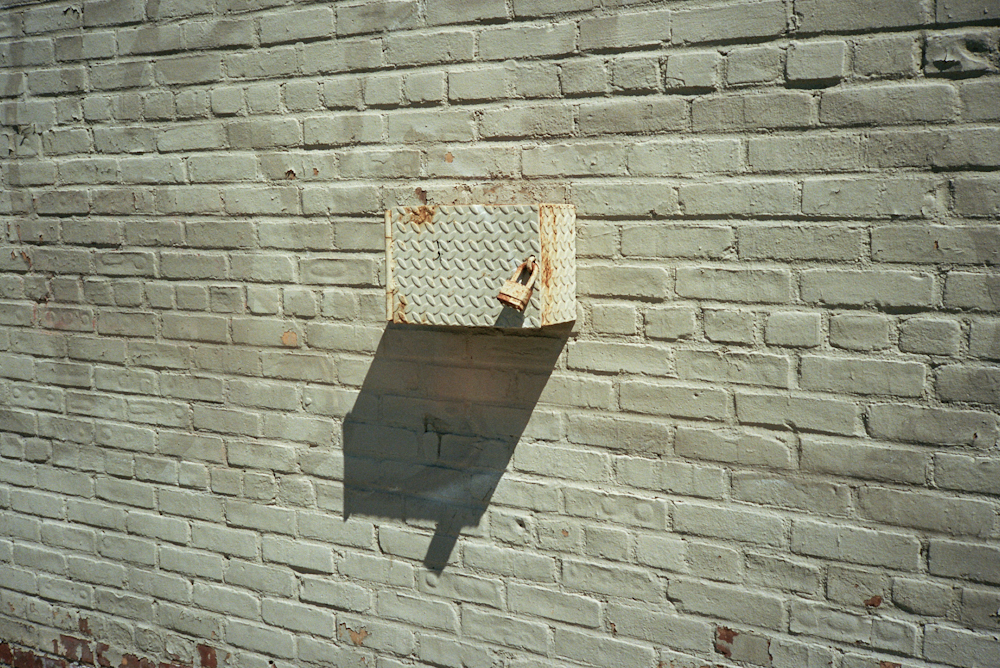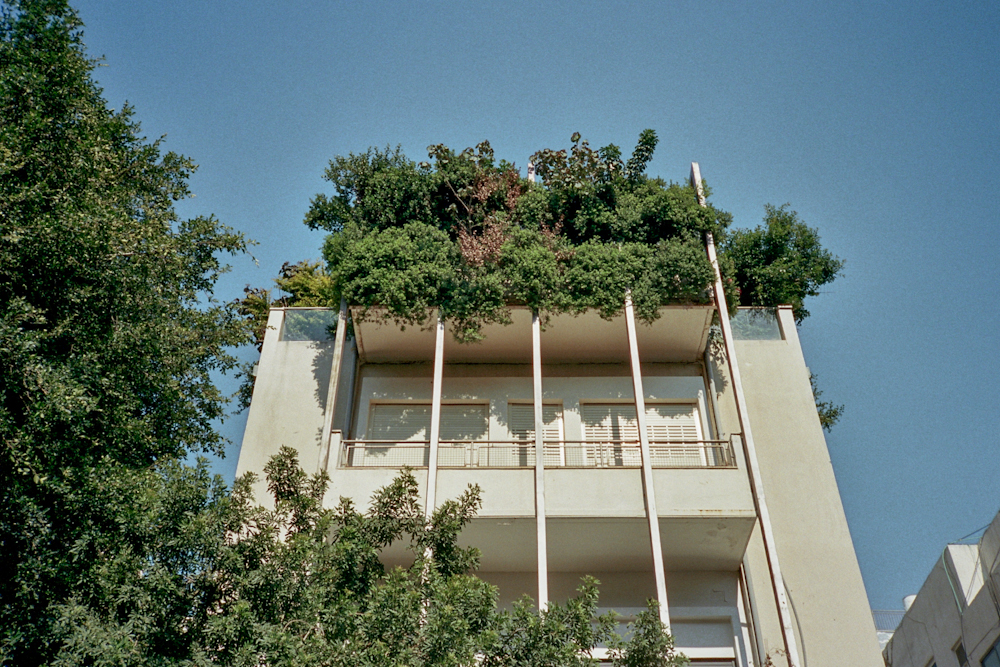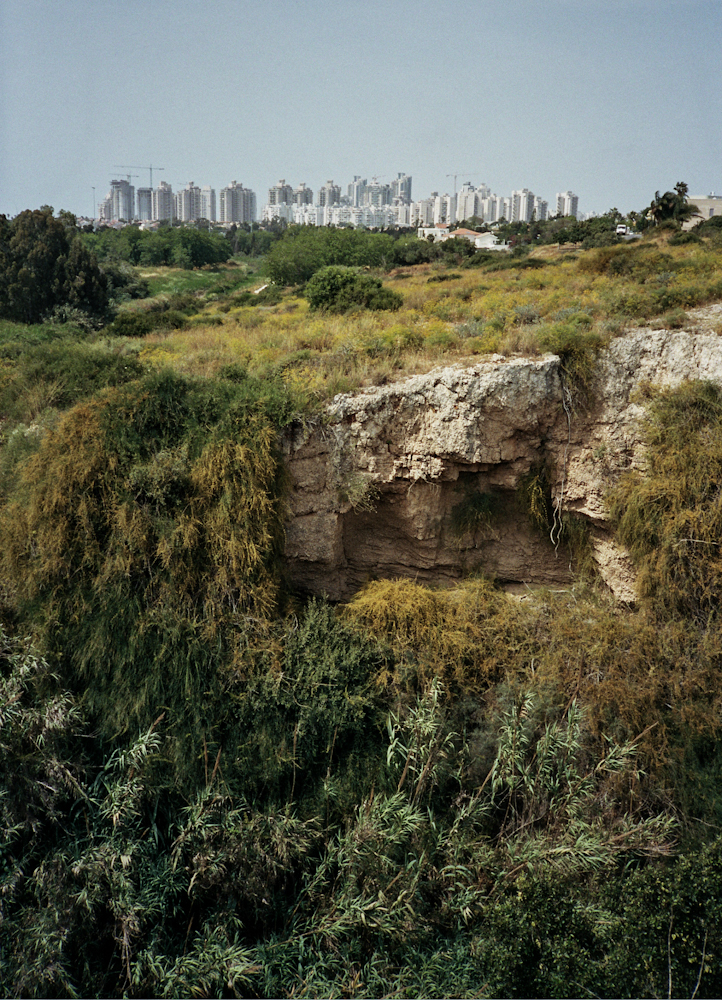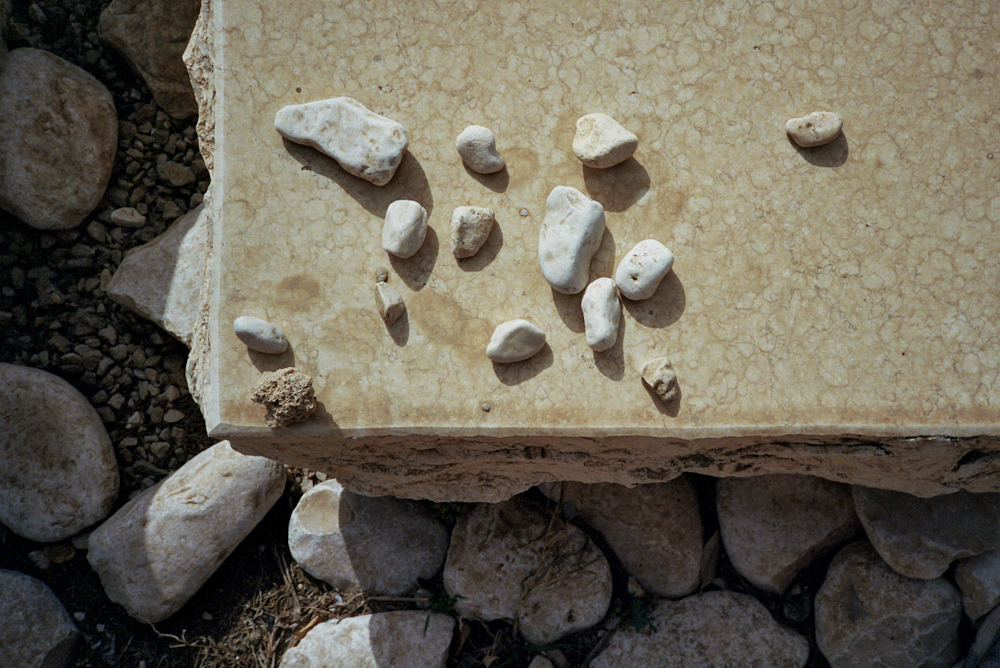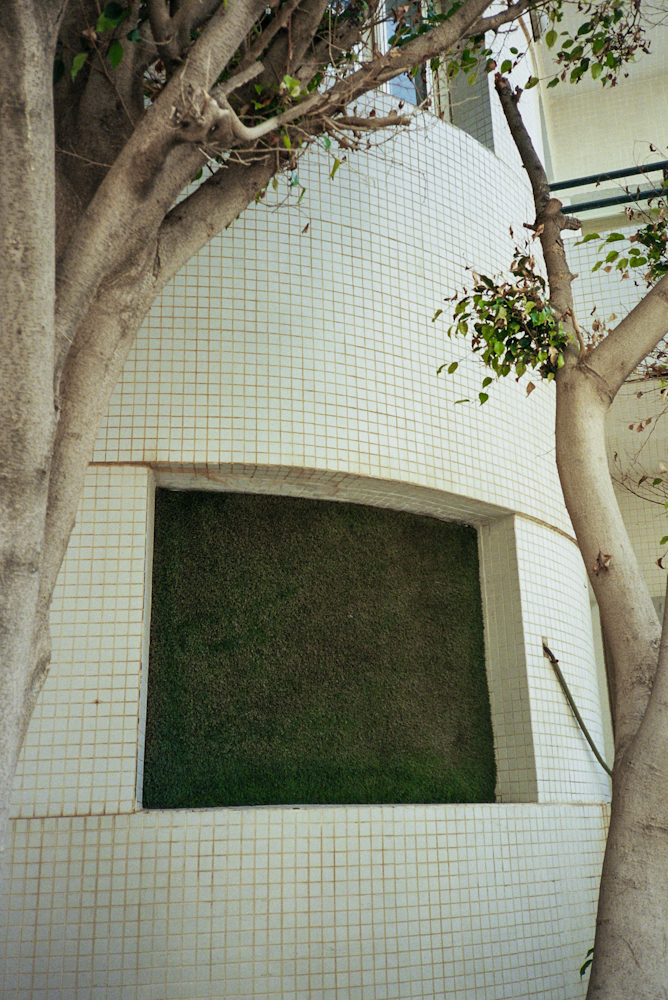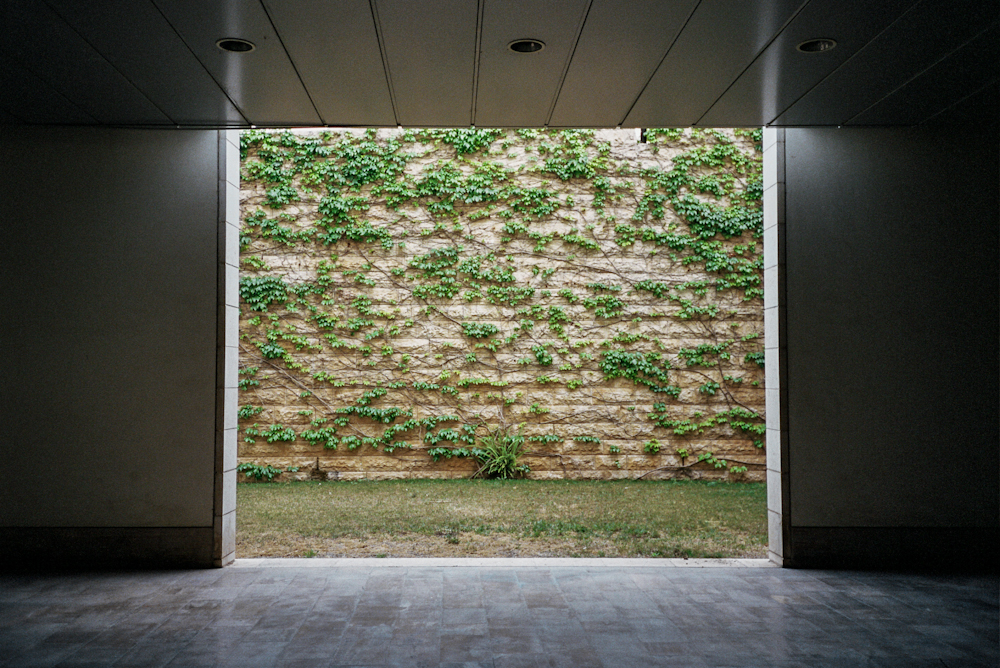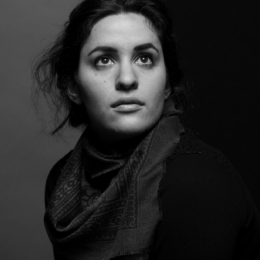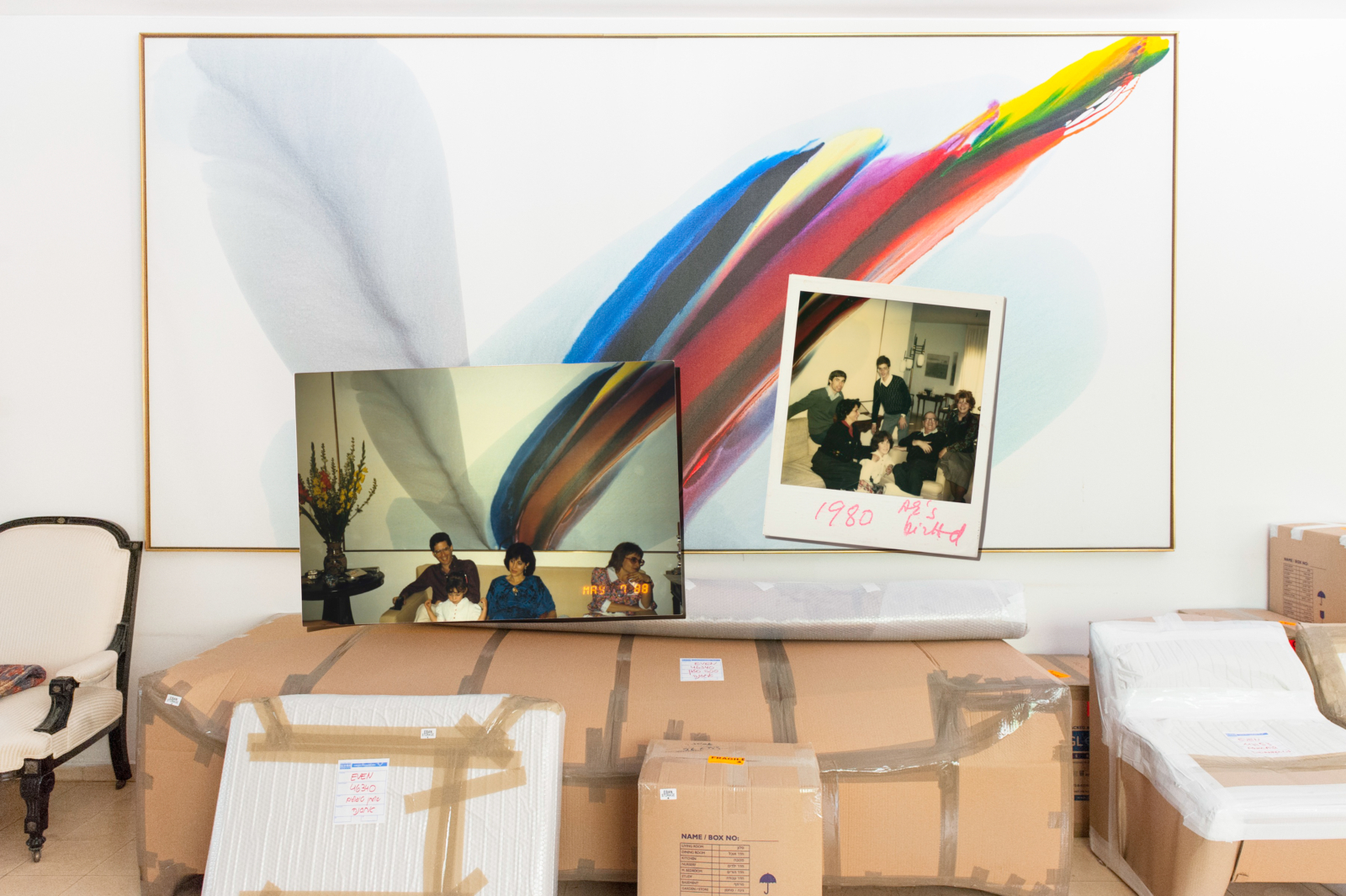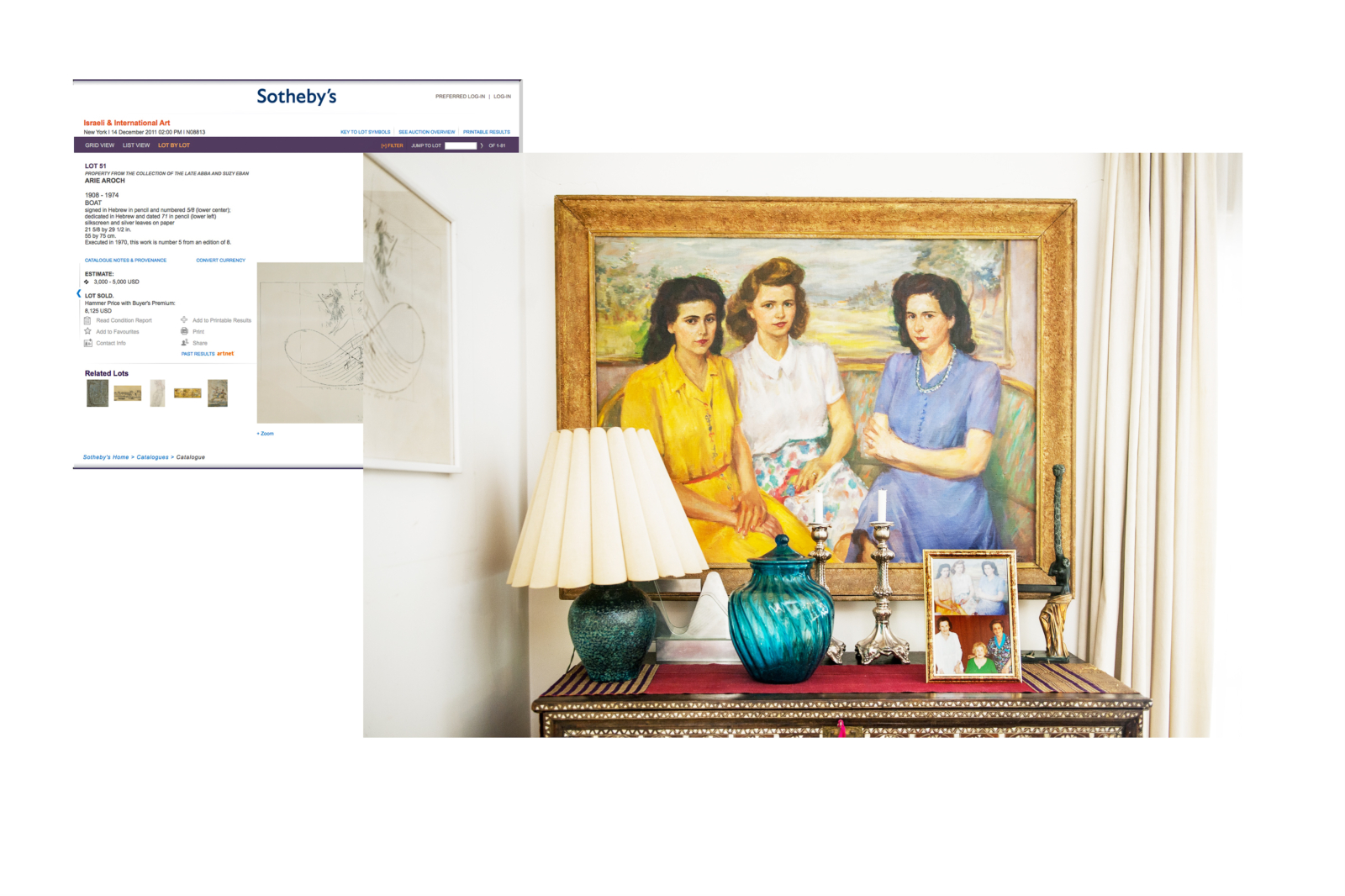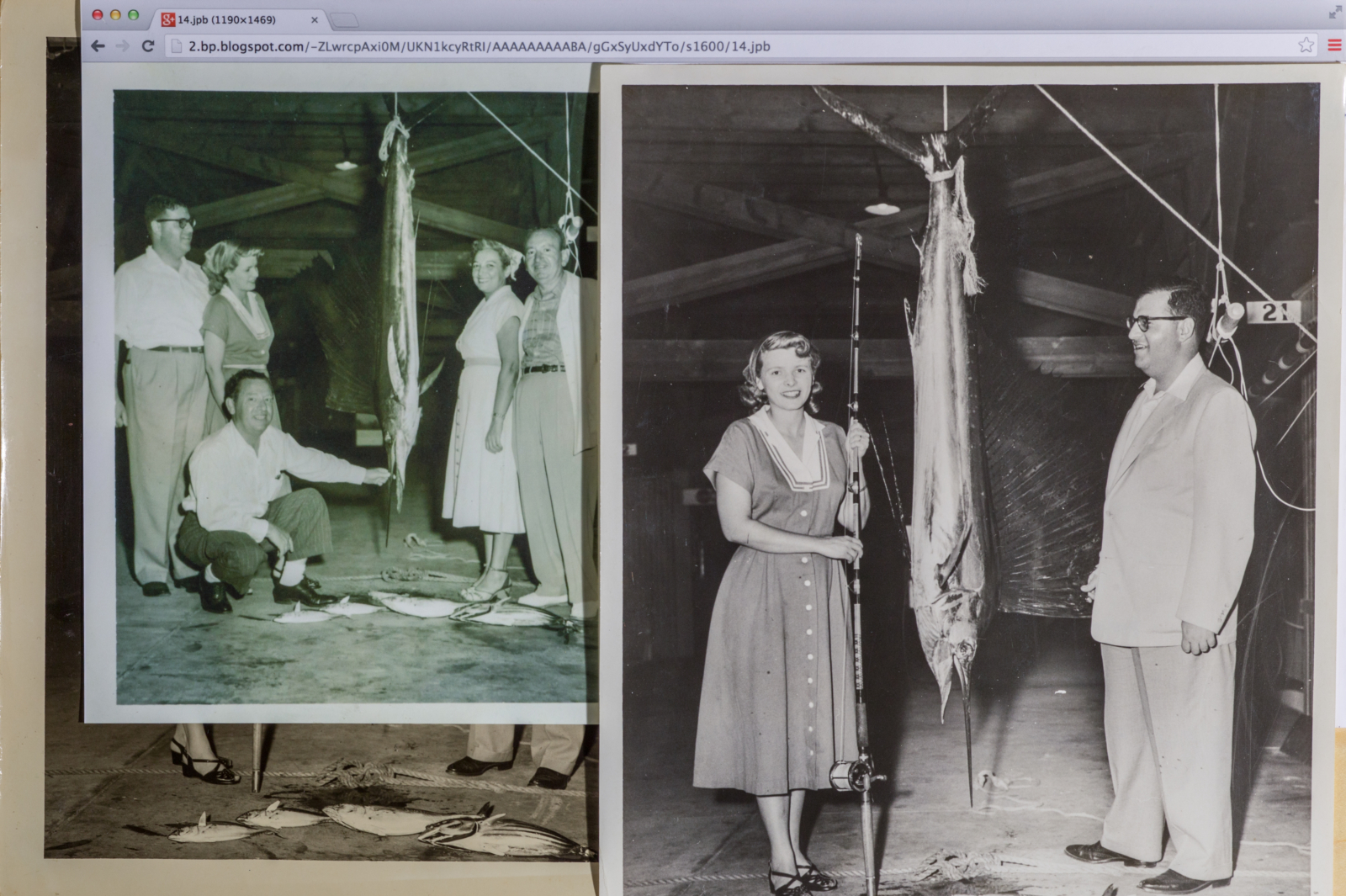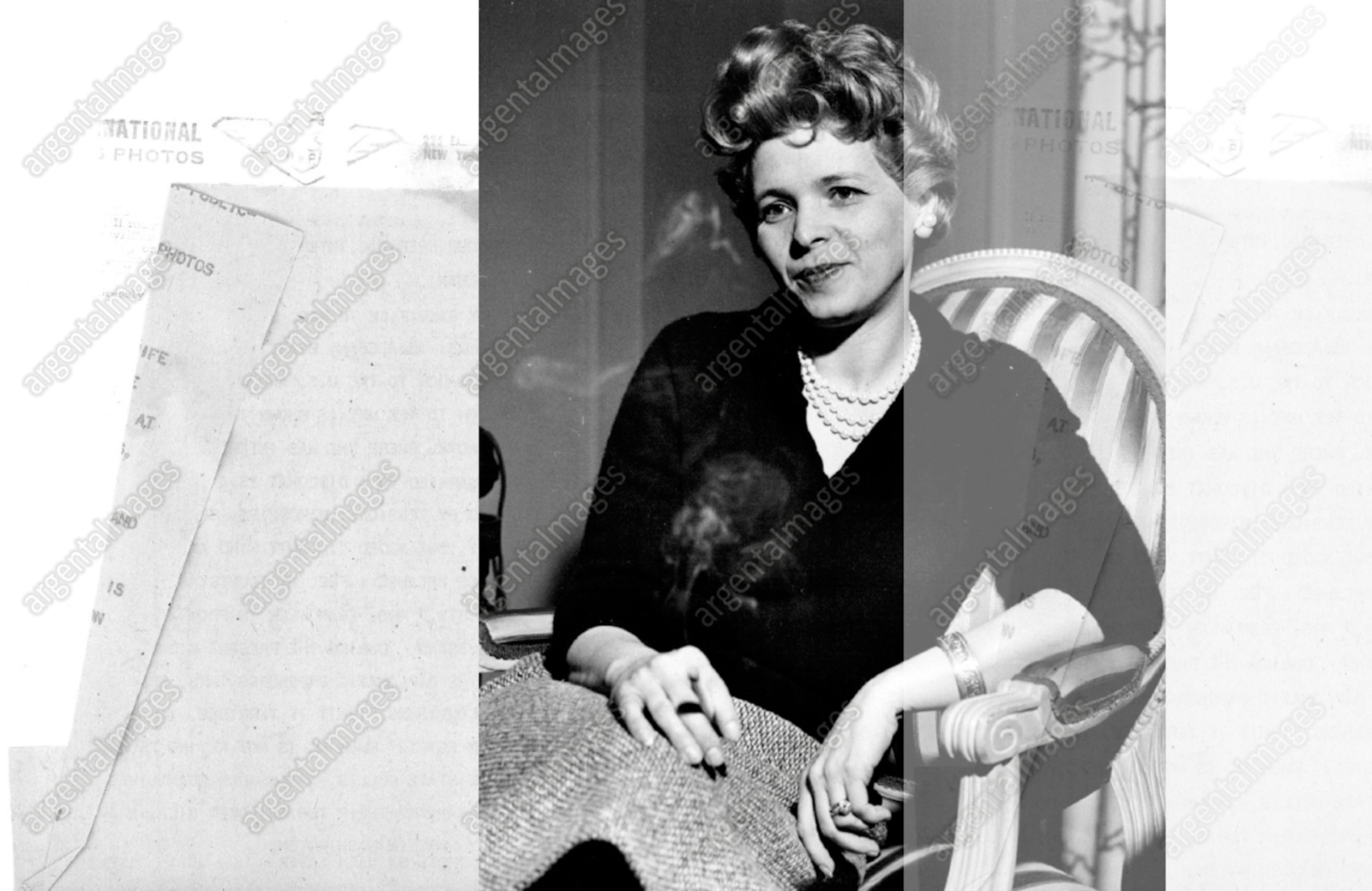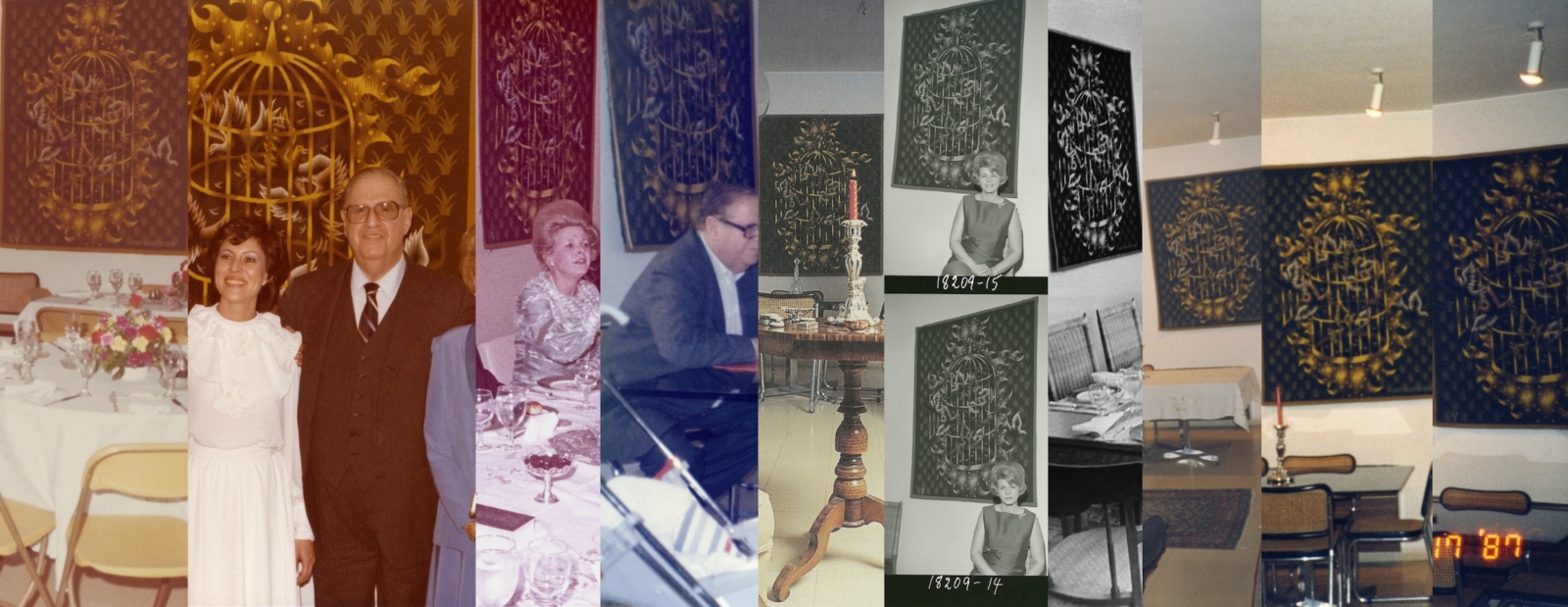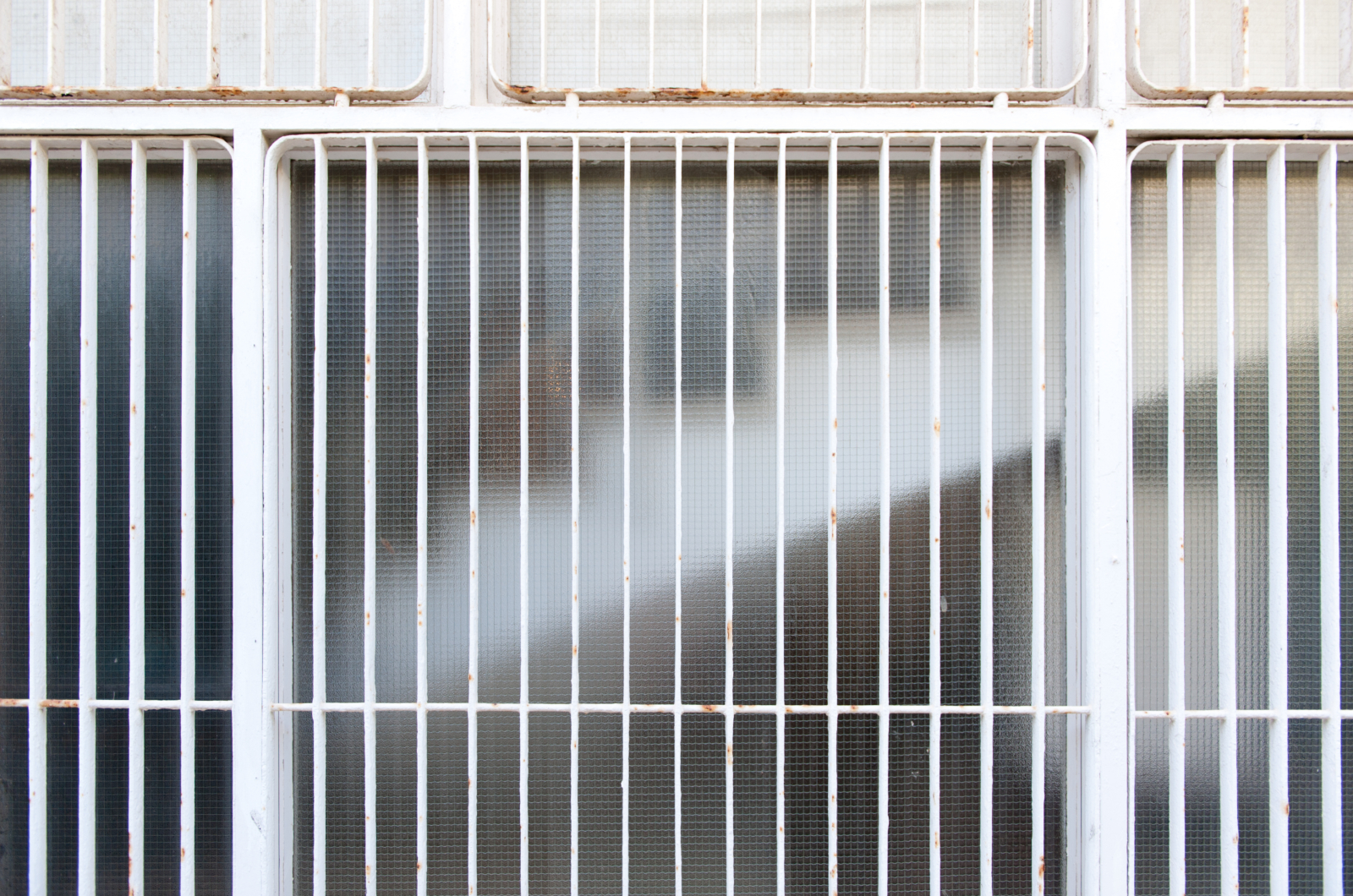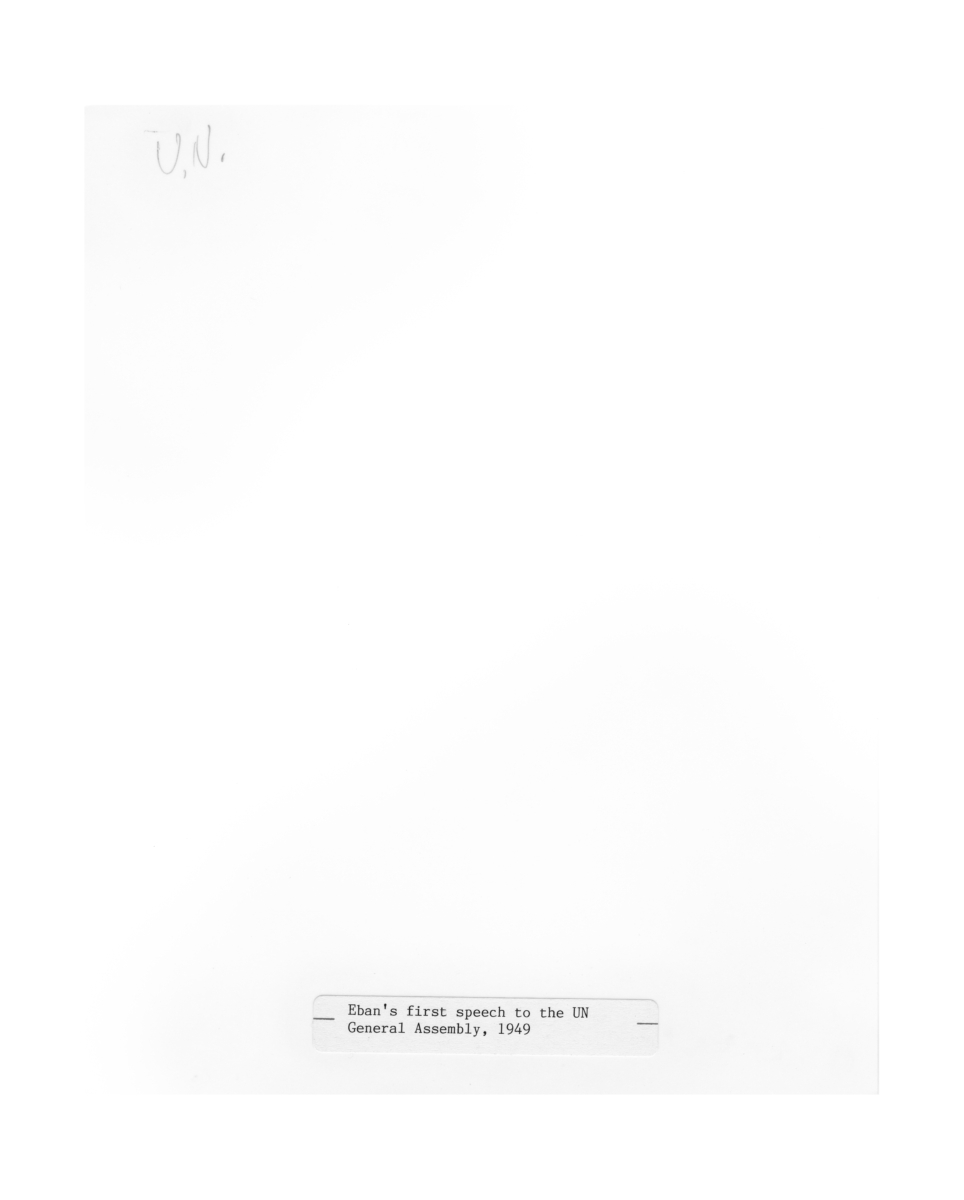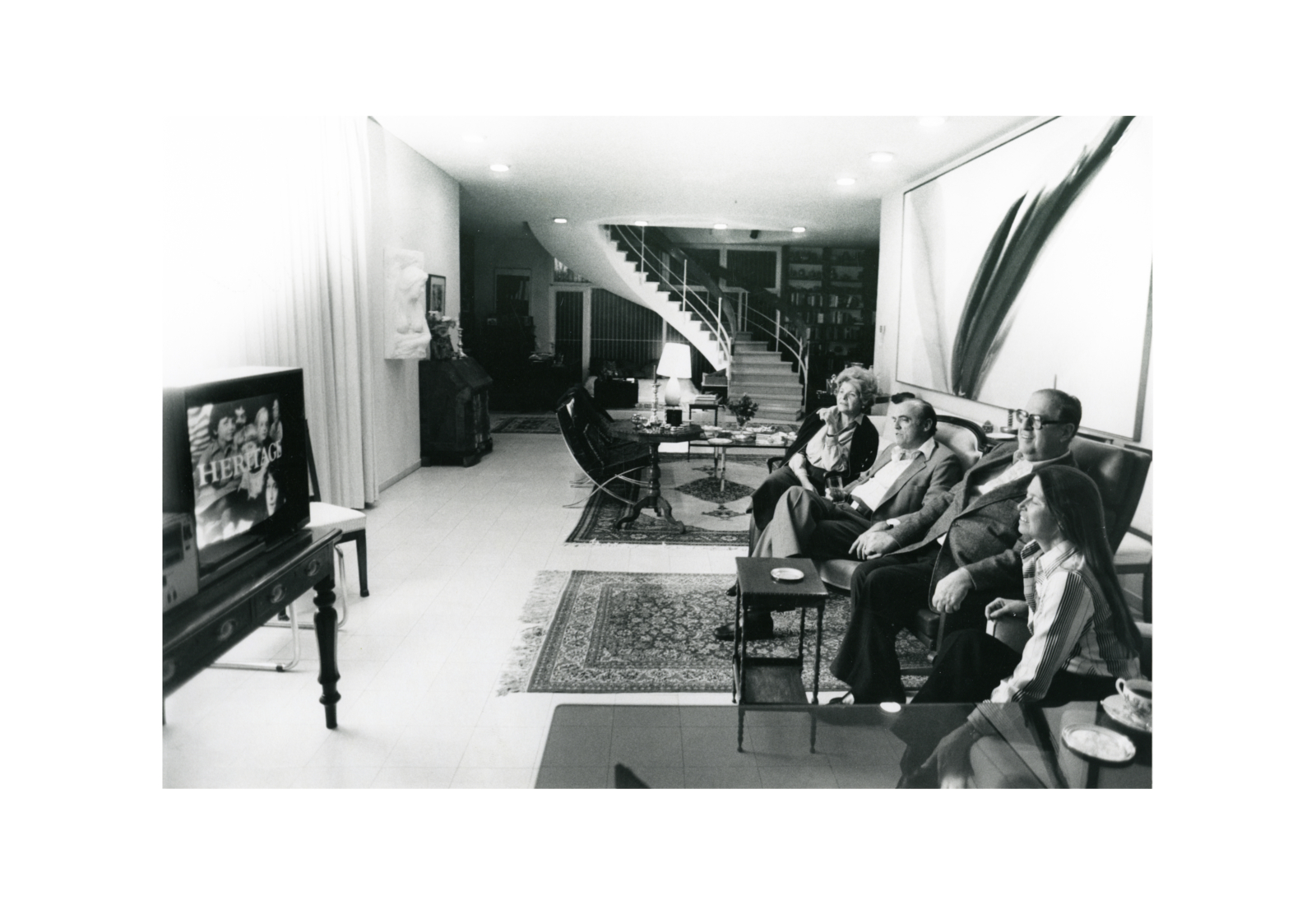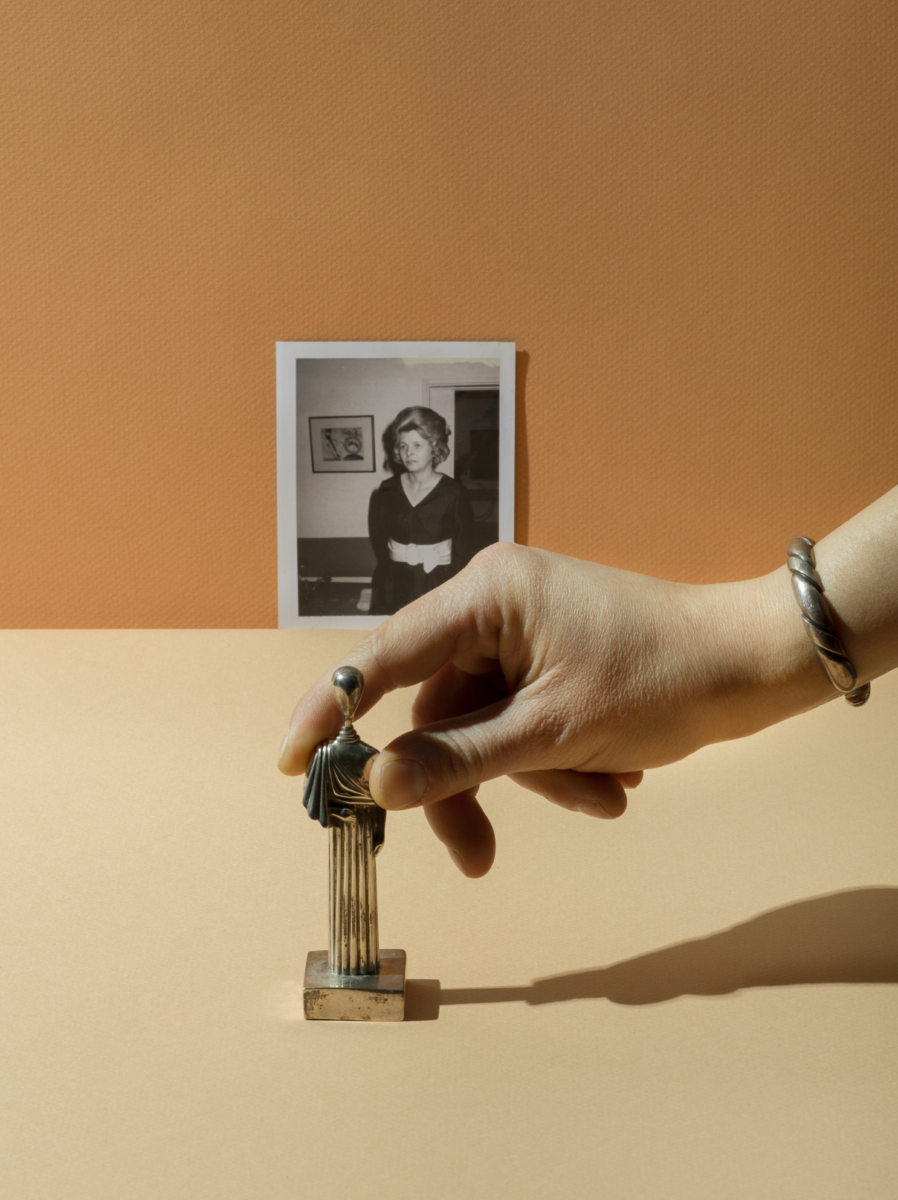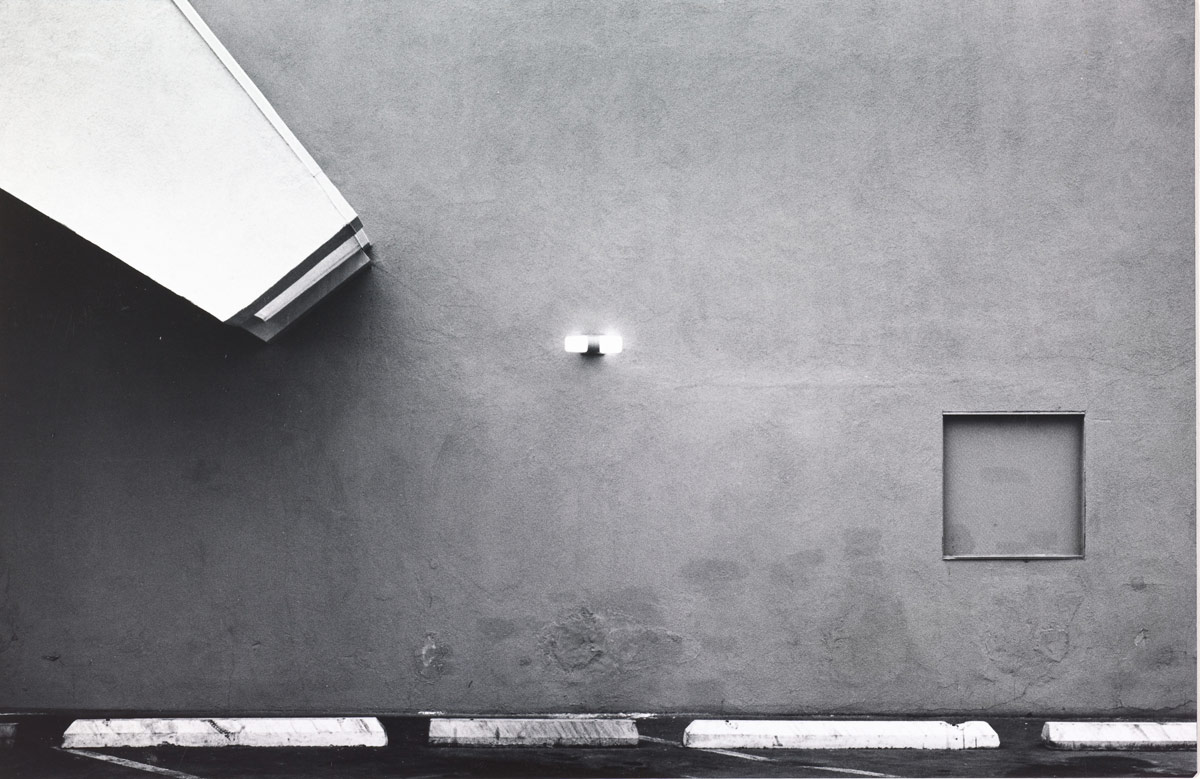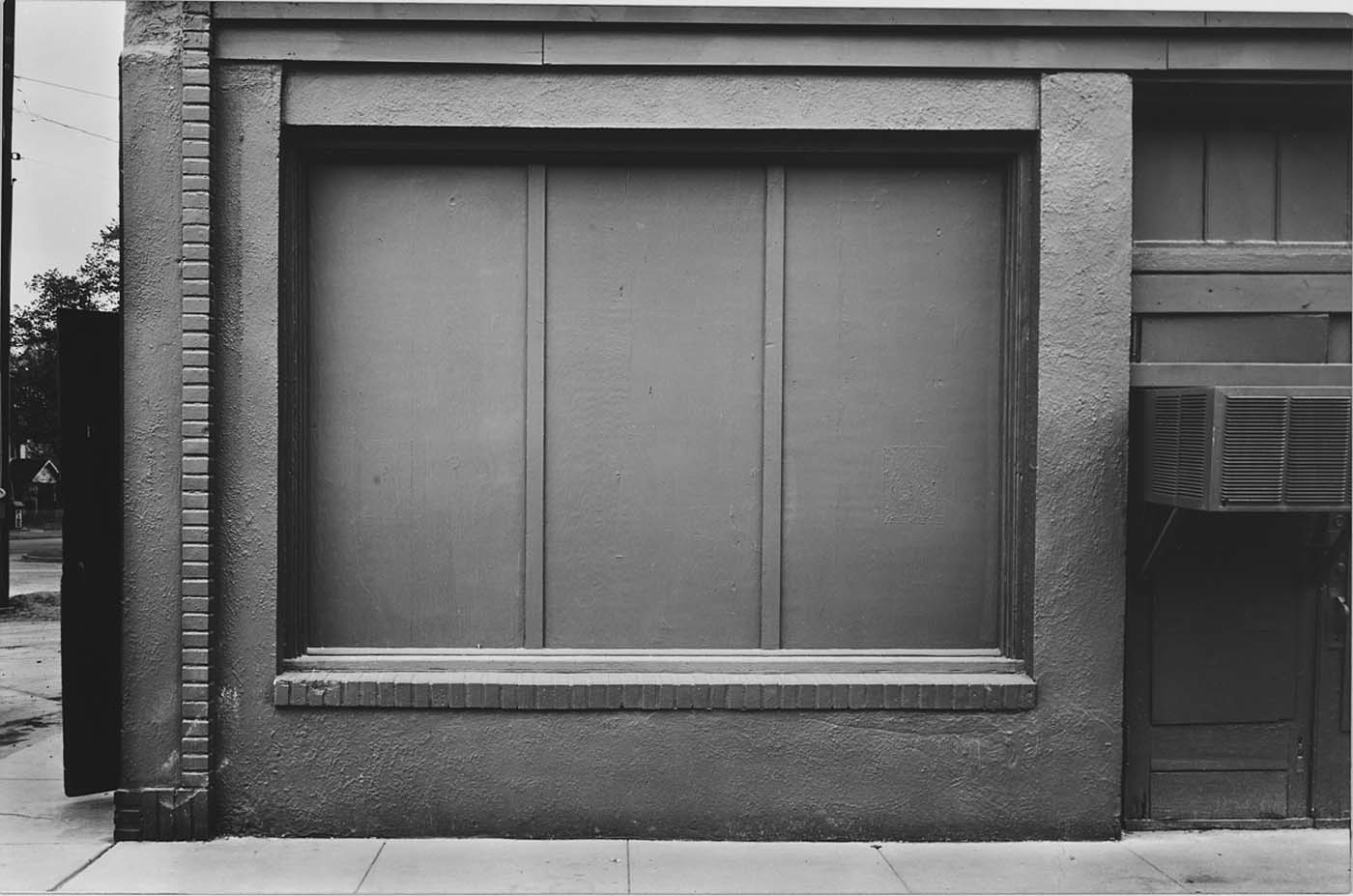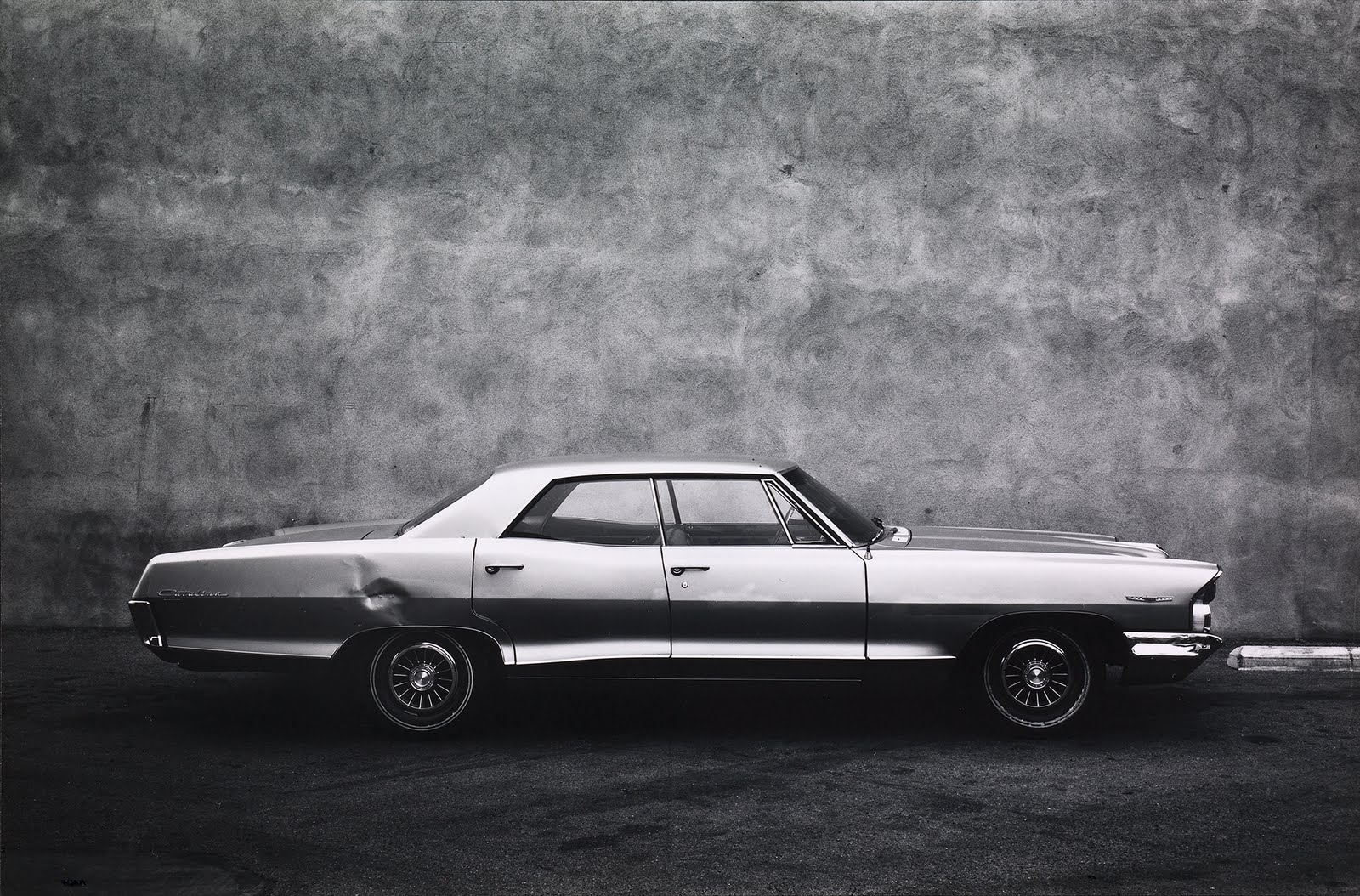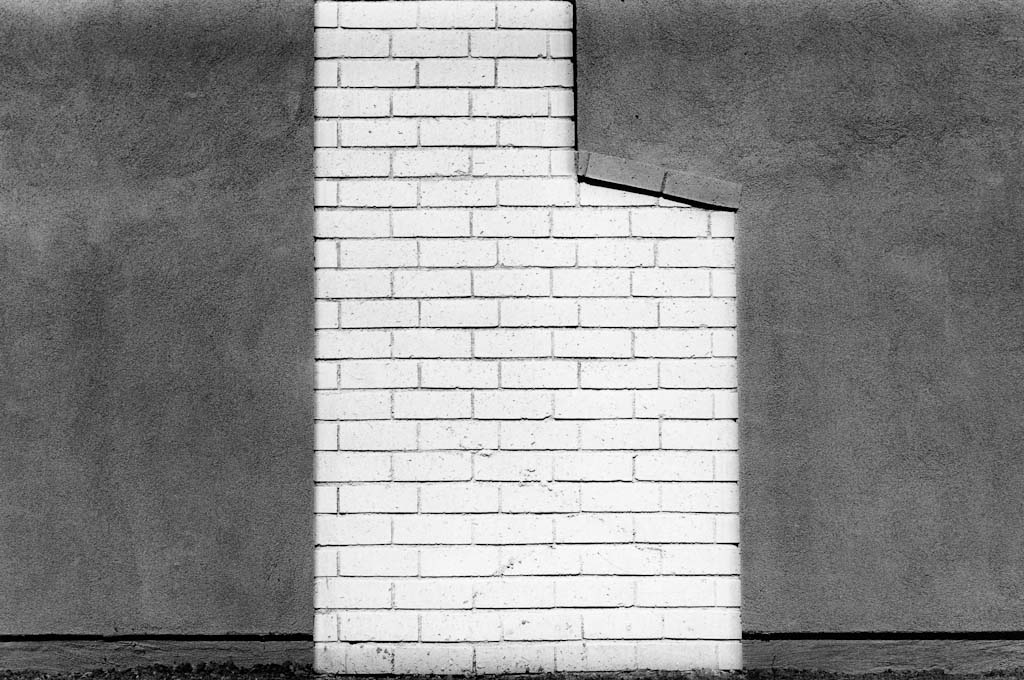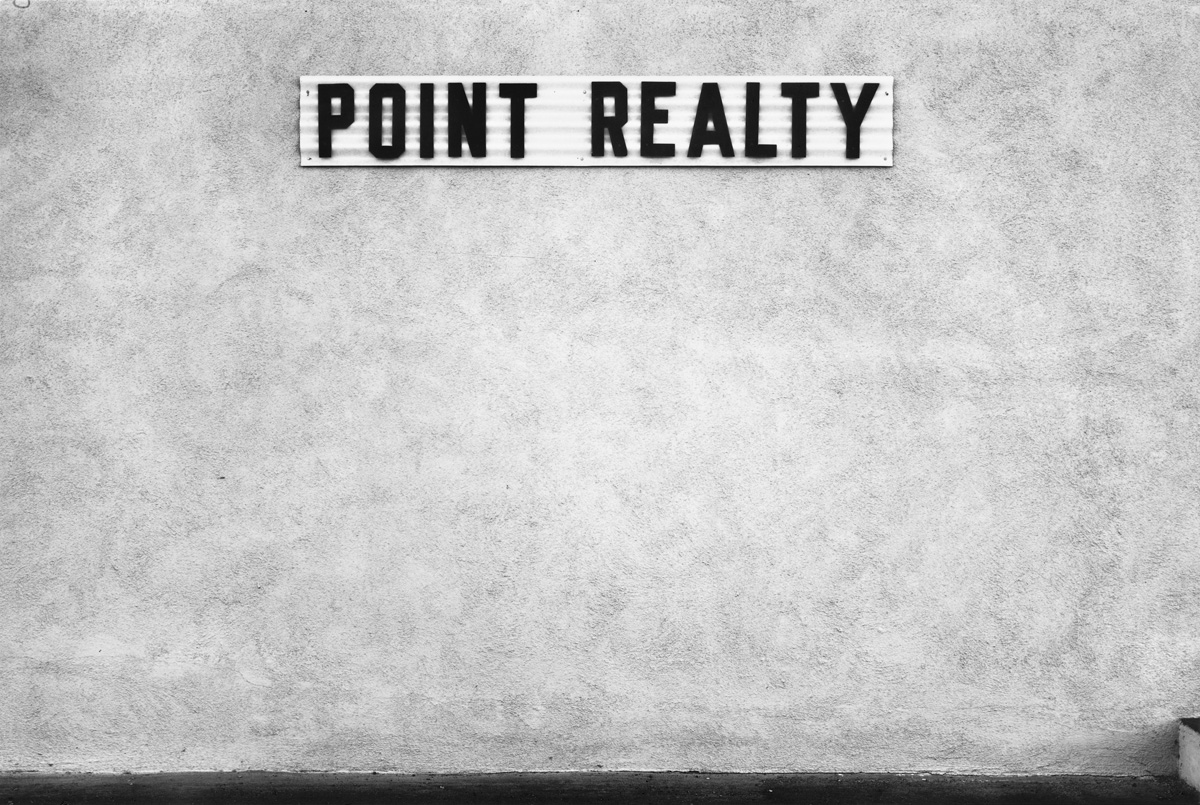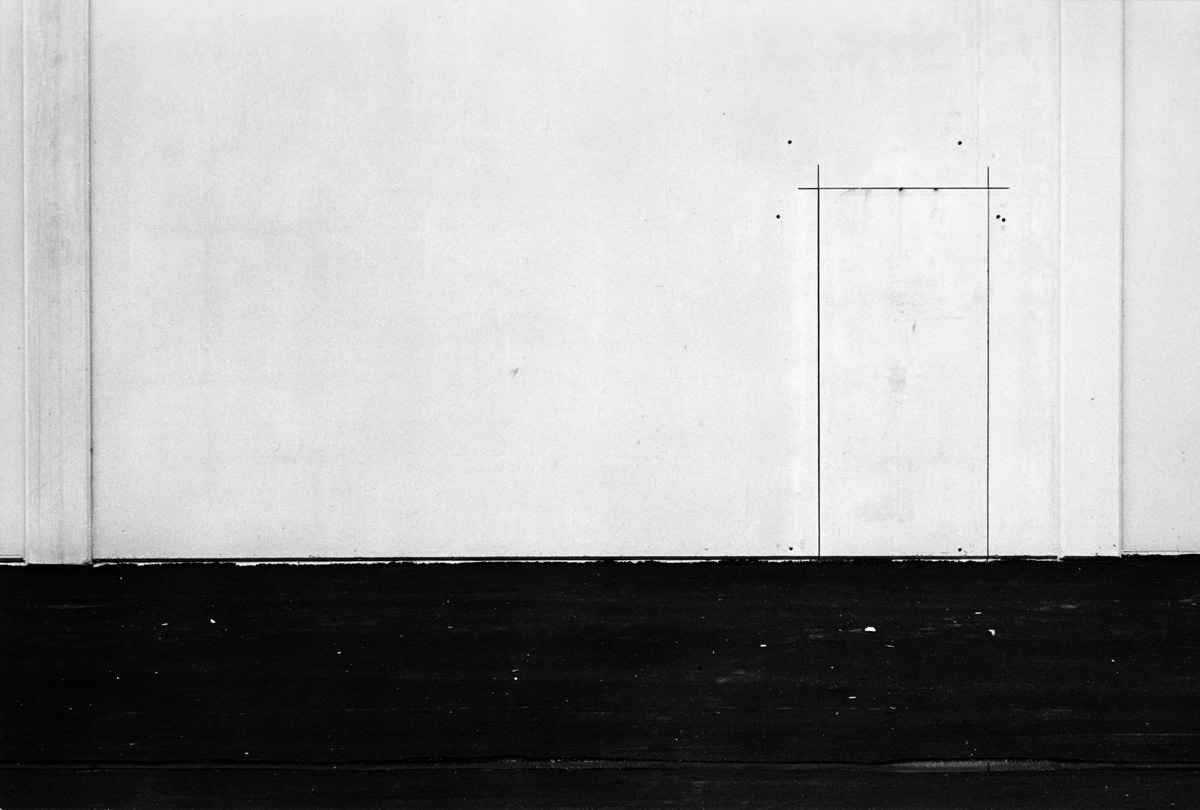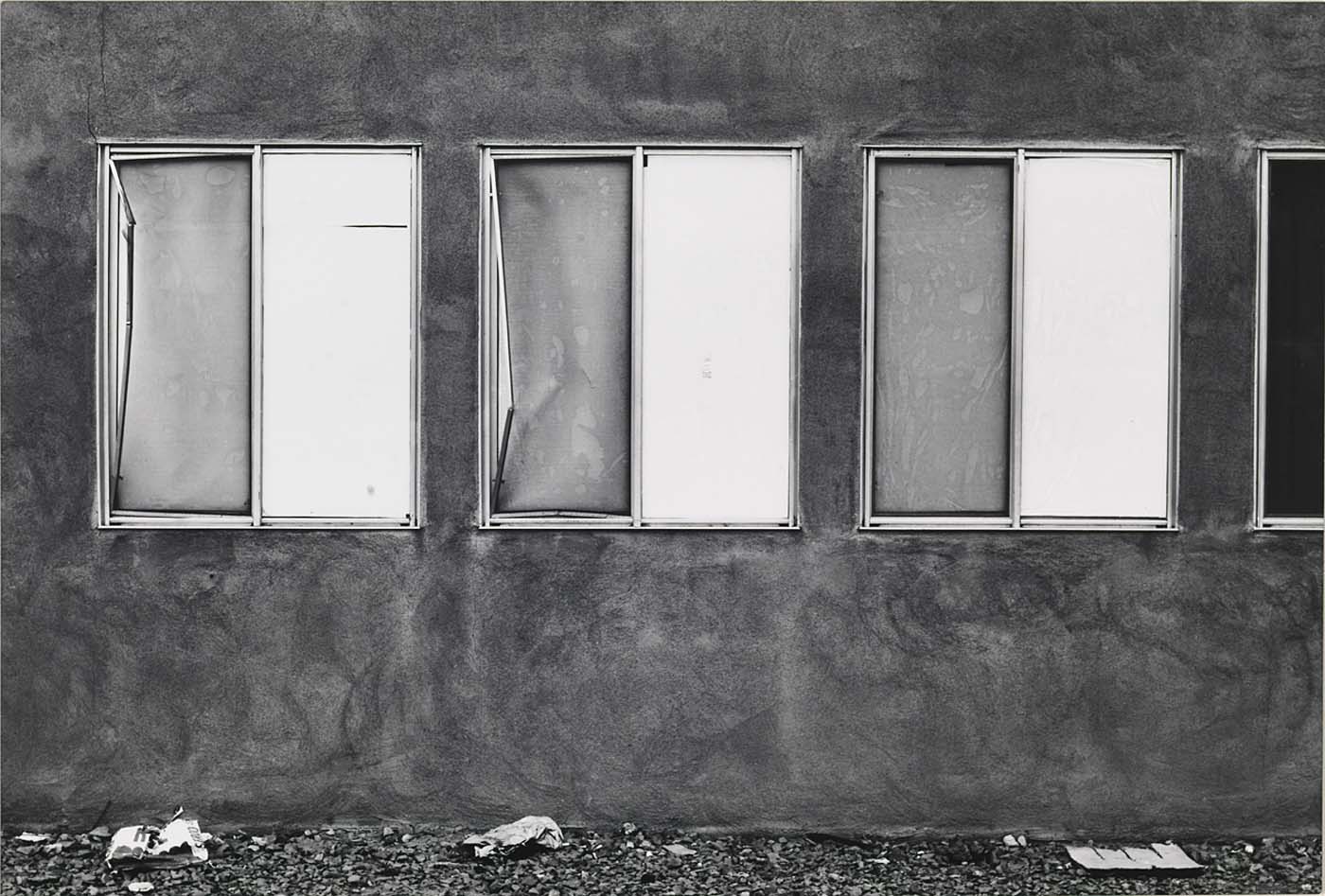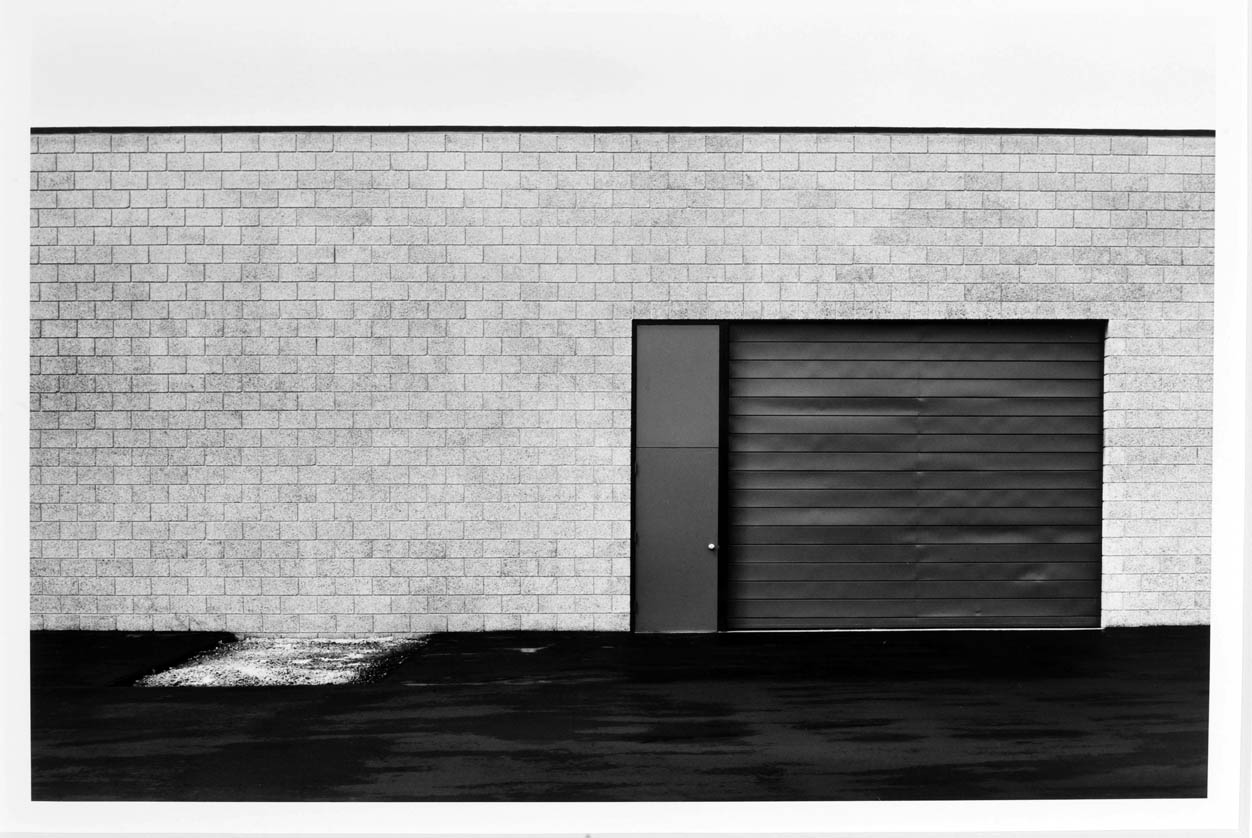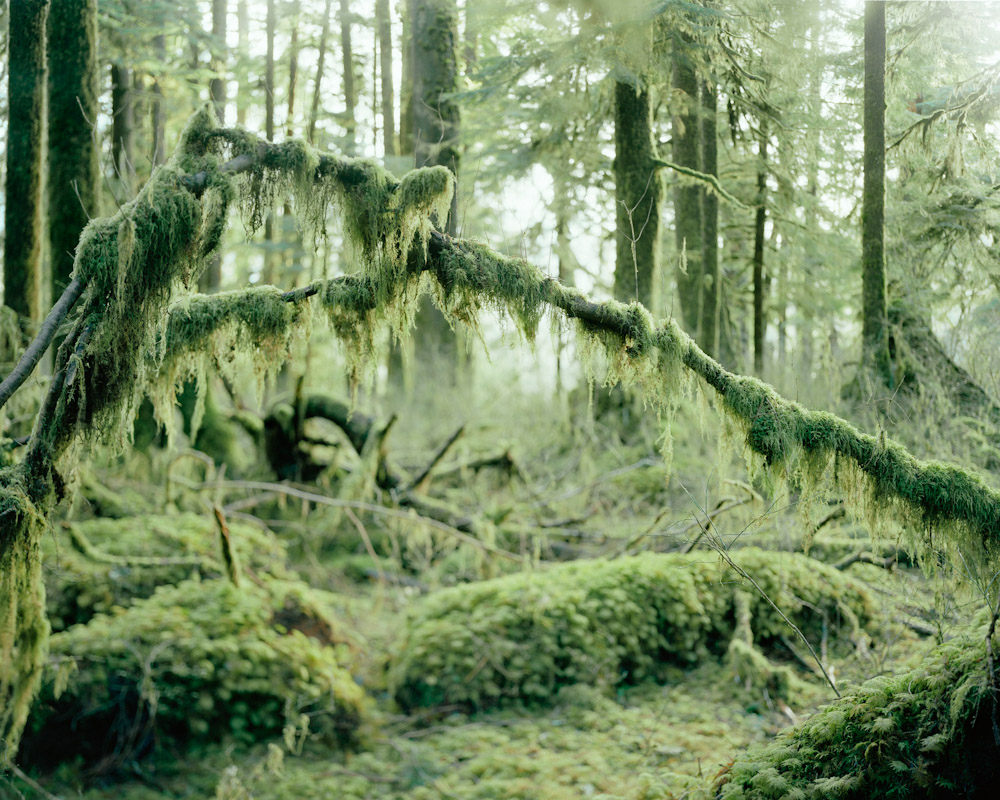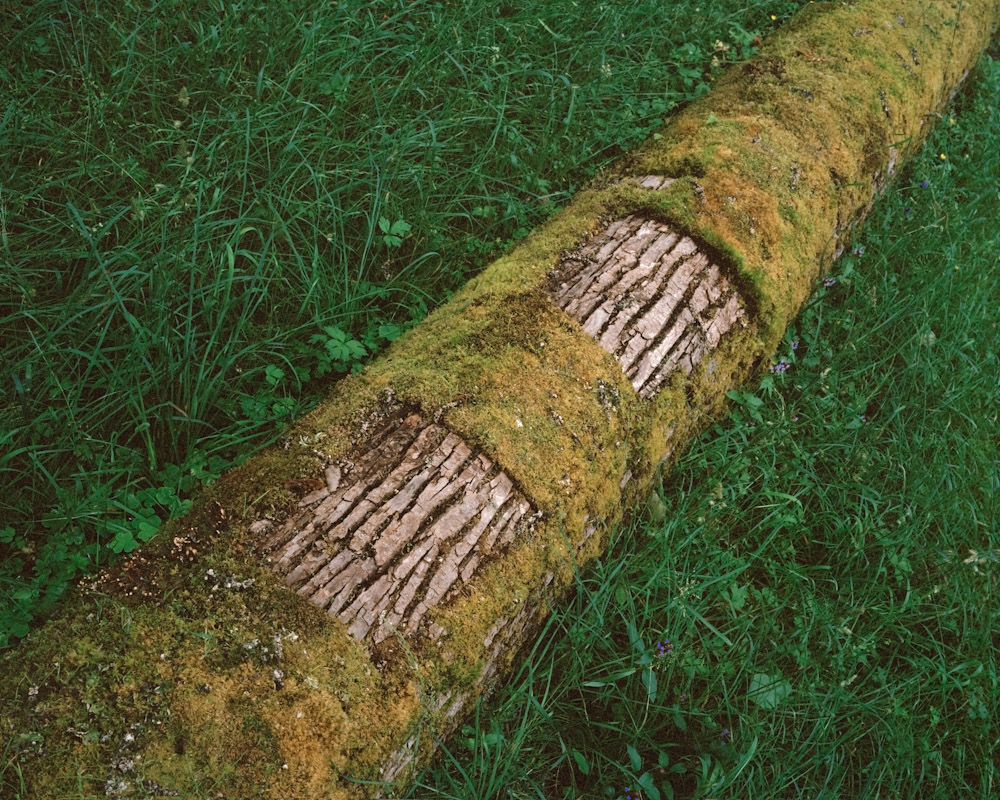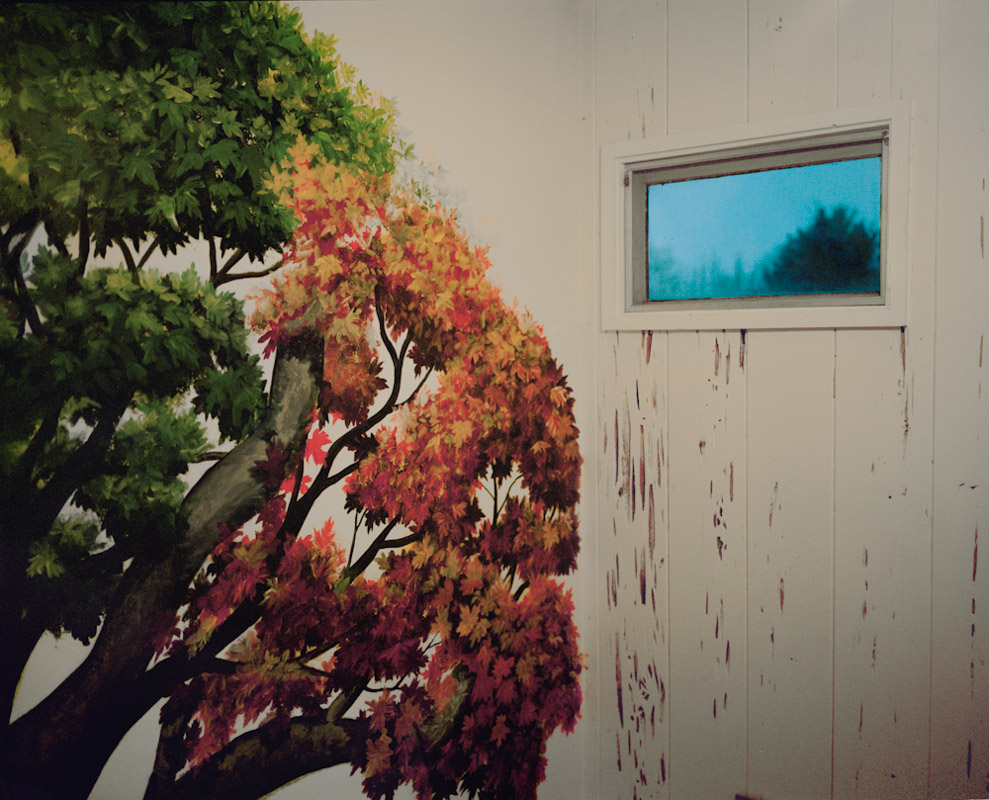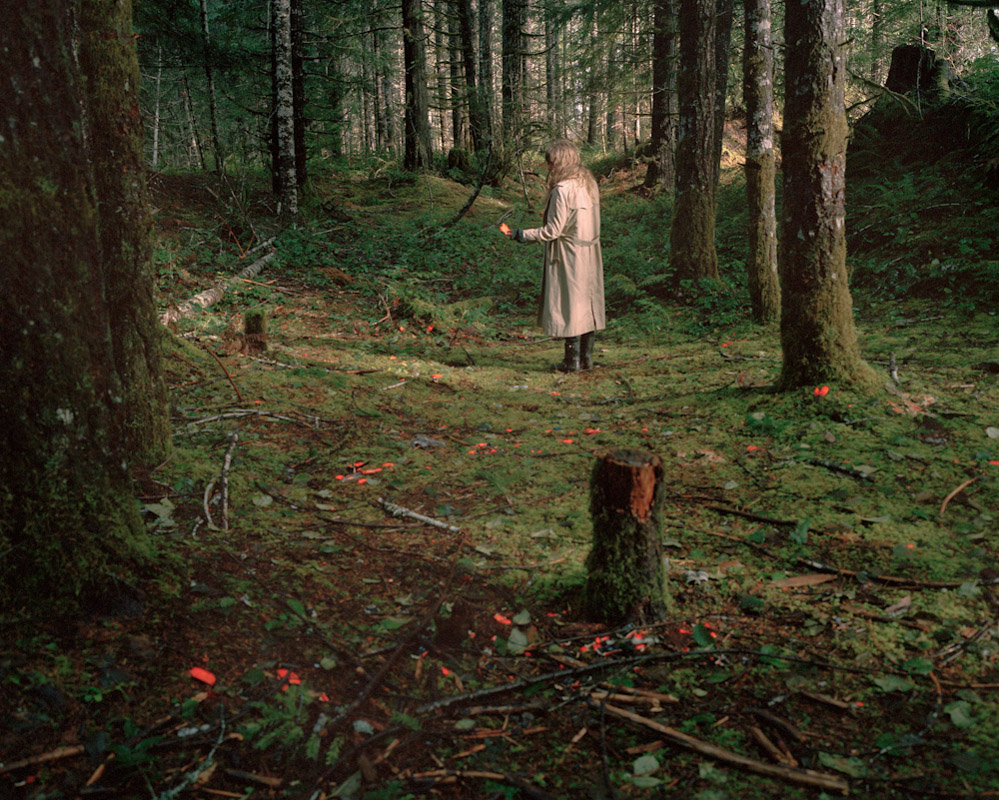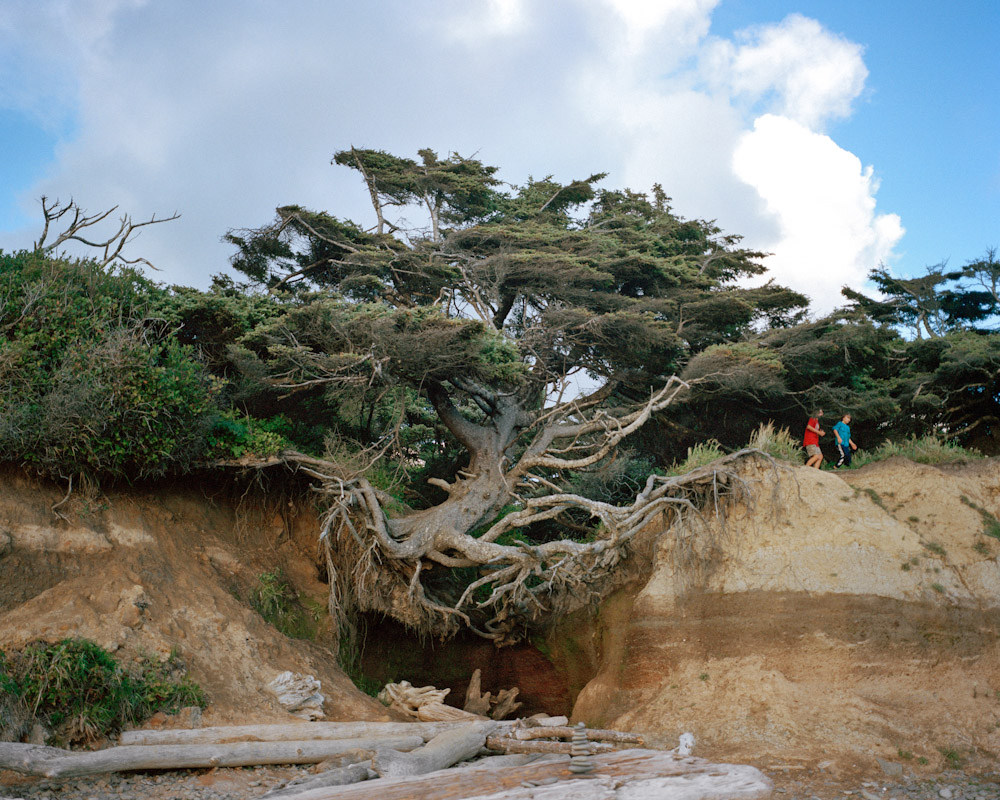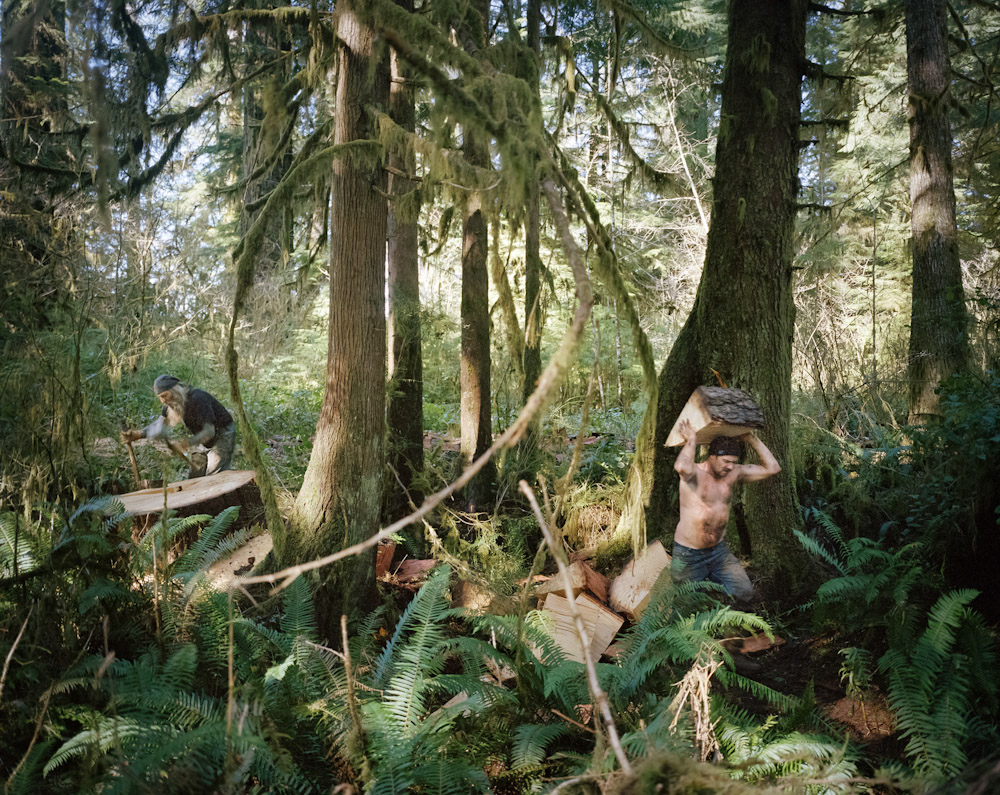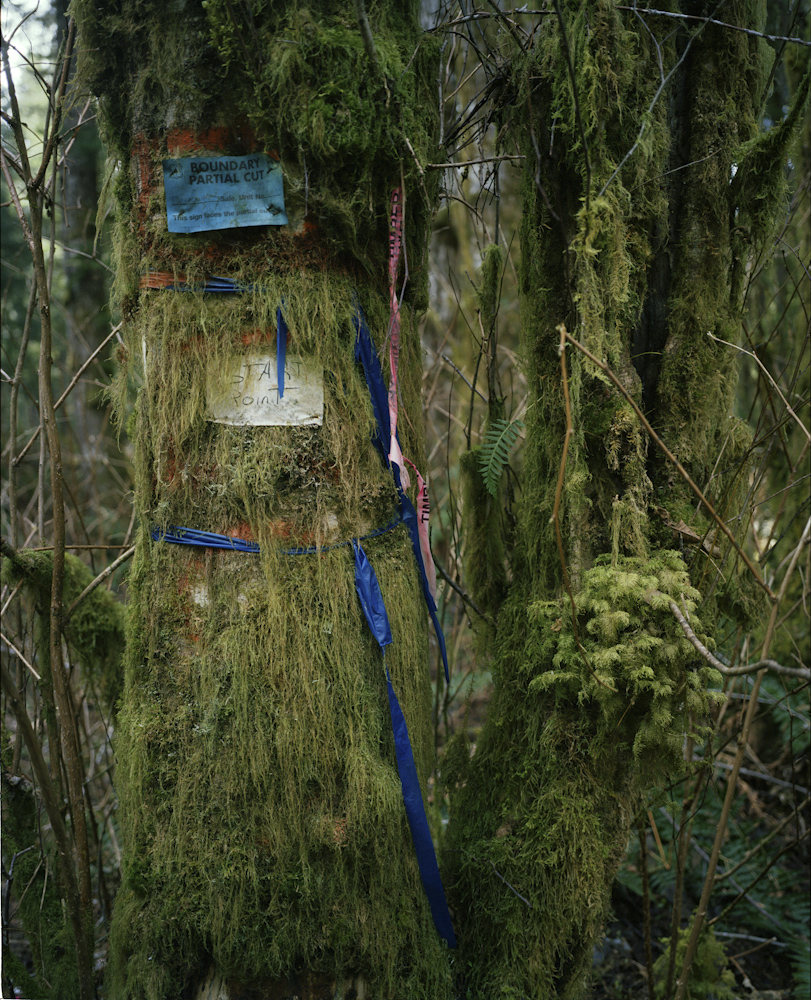Osma Harvilahti
Artist Feature
Every week an artist is featured whose single image was published by Der Greif. The Feature shows the image in the original context of the series.
Yael Eban - Tzabar
Nov 19, 2014
The term tzabar is the Hebrew word for cactus. It is also slang for a person born in Israel, a native to the land. The cactus is an analogy for the Israeli personality: overtly tough, but sincere and kind under the surface. My own identity as both Israeli and American is similarly incongruous. I have spent my life oscillating back and forth between these two disparate cultural landscapes. I consider this body of work to be a negotiation of place, in which I experience the Israeli landscape as both insider and outsider, native and a transplant.
Artist Blog
The blog of Der Greif is written entirely by the artists who have been invited to doing an Artist-Feature. Every week, we have a different author.
Published in:
»A Process – Ein Prozess«
General Assembly
Nov 25, 2014 - Yael Eban
For my last post I'd like to share my MFA thesis project, which is a series that I continue to explore and develop. My sincere thanks again to Der Greif for their ongoing support and for this unique opportunity. General Assembly is the examination of a space that exists between the public and private archives that represent my family history. The lingering online presence of my late grandparents is the anchor for my research. My grandfather was an Israeli diplomat and my grandmother an avid art collector. My role in this project is tripartite: I create as artist, archivist, and curator. The body of work itself is the convergence of these three roles—a series of photographic combinations or collages that vacillate between dualities or contradictions: the public and private, the rational and emotional, and the documentary and interpretive. I search for specific images and objects that relate to the lives of my grandparents, and I follow their trajectory from the home to the Internet, or vice-versa. All types of images in this project are legitimate and of equal value: a snapshot, a fine art photograph, a newspaper clipping, a screenshot of an eBay receipt. I ask the viewer to reflect on the new experience and parameters of the archive, and the lives of photographs as objects in a digital age. www.yaeleban.com
Lewis Baltz (1945-2014)
Nov 24, 2014 - Yael Eban
Today it seems appropriate to share the photographs of Lewis Baltz, who passed away yesterday. Baltz was part of the New Topographics movement in the 70s, and was seminal to the radical development of conceptual photography during that time. In 2010 I remember visiting the Art Institute of Chicago and stumbling upon Baltz's Prototypes series, which he shot in California in the late 60s and early 70s. The photographs were stark, simple, and geometric. The subjects were banal and minimal, but the photographs were captivating. I was in awe. Soon after I compiled a portfolio of architectural photos and applied to grad school. I could go on about my admiration for Lewis Baltz, but I will let the photos speak for themselves.
Anna Beeke – Sylvania
Nov 21, 2014 - Yael Eban
Today I'm sharing the project Sylvania by documentary and fine art photographer Anna Beeke. Sylvania is a striking and mysterious series that Anna describes as an exploration of »the physical presence of the forest in the contemporary world as well as its metaphoric presence in our collective imagination.« She just launched a Kickstarter campaign to publish a book of the work. Anna's website has a great selection of Sylvania images, but the published book promises many, many more photographs. So check out her work, and support what will surely be an incredible photo book.
“Reely and Truly”
Nov 20, 2014 - Yael Eban
Hello! I'm thrilled to be guest blogging for you this week. I'd like to start by sharing this gorgeous film by director Tyrone Lebon. The Vimeo page describes the piece as a »visual poem on contemporary photographers and their practices.« Anyone interested in photography will find something to catch their eye. The film was made with a variety of films including 65mm, 35mm, super 16mm, and super 8mm. The format is loose and the visuals are collage-like, kaleidoscopic, and dreamy. It's like a love poem for photography. Enjoy!





